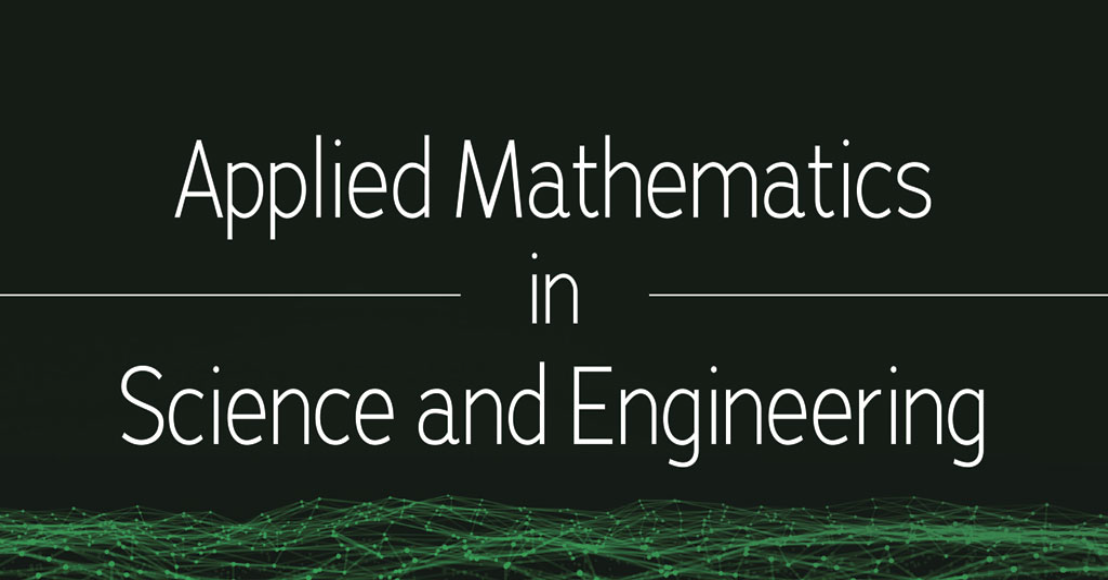Description du cours
Mathematics for Engineering Sciences

This course is dedicated to numerical analysis and aims to provide a comprehensive understanding of the algorithms used to solve continuous mathematical problems through numerical discretization. It covers both the theoretical foundations and practical applications of these methods, enabling students to develop the skills necessary to convert complex continuous models into discrete forms that can be efficiently processed by computers. By bridging the gap between abstract mathematical concepts and computational techniques, this course equips learners with the tools required to tackle real-world scientific and engineering challenges.
cible odince: This course is designed for third-year undergraduate students specializing in Physical Measurements, particularly in Instrumental Techniques and Materials & Physicochemical Control. However, it is also intended for anyone interested in gaining foundational knowledge in numerical analysis.
Course Content:
Chapter I: Matrix Analysis
Chapter II: Resolution of Linear Systems of Equations
Chapter III: Resolution of Nonlinear Systems of Equations:
Chapter IV: Interpolation and Polynomial Approximation
Auteur: Dr.ZAKARIA BAHRI